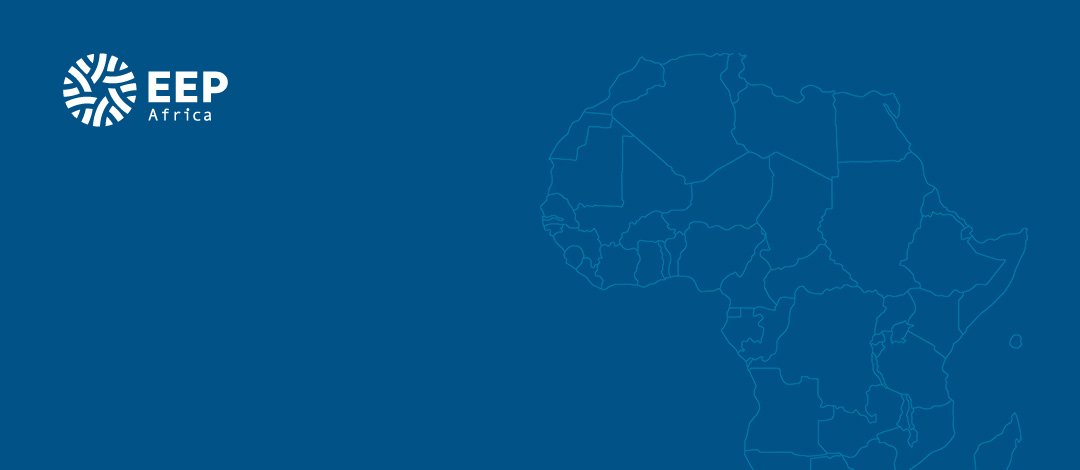Energy investment opportunities in Southern Africa
The Embsassy of Finland in Pretoria and The Finnish Trade Center, Finpro, organized a networking event for Finnish companies and Friends of Finland on the 12th March in Pretoria. The event was opened by H.E Mr. Petri Salo, Ambassador of Finland and followed by presentations of the current trends and investment opportunities in renewable energy sector in the region and updates of the Energy and Environment Partnership Programme in Southern and East Africa (EEP S&EA).
Mr. Wim Jonker-Klunne, The Programme director of EEP S&EA, gave participants an overview of the current renewable energy trends globally, regionally and in South Africa. In his presentation, Wim underlined that in terms of renewable energy investments and already installed capacity, Africa as a continent is lacking significantly behind the others. However, especially South Africa is rapidly picking up the global trends, and globally the investments in renewable energy has been growing considerably after year 2005. Consequently, the production of new coal and gas has dropped dramatically.
Moreover, the global trends show that people having access to energy and rate of electrification is seemingly lower in Africa than in the other continents. Currently the gap between the population growth and electrification is only growing.
The latest figures (Feb 2015) show that within the Southern African region most countries are struggling to produce enough electricity for their demand. In South Africa, for example, the current operating capacity is 36000MW the peak demand being 37661MW. To tackle the issue, countries have started to implement alternative energy projects to fill the gap in the energy production. The most commonly implemented technologies are hydro and gas, but also renewables are taken into account (e.g REIPPP).
A delightful trend in the energy sector is that even in South Africa, the energy prices produced by renewable energy sources (mainly solar and wind) are already comparable or lower than new coal or gas options. Hence, the opportunities within the sector are tremendous. The opportunities to connect to the national grid are realistic for larger scale producers but require a longer preparation time due to the bureaucracy. Or in some occasions, when a producer can find a willing buyer, the electricity can be wheeled through the national grid from the production plant to the customer. One example of this type of arrangement is Bio2Watt, selling their electricity (produced from biogas) to BMW in Pretoria.
Other opportunities are in smaller scale renewables (own consumption, off-grid and grid-tied), where also EEP is strongly contributing.
The EEP Coordination Office also reminded the participants that the 11th Call for Proposals is now open for concept note applications!



